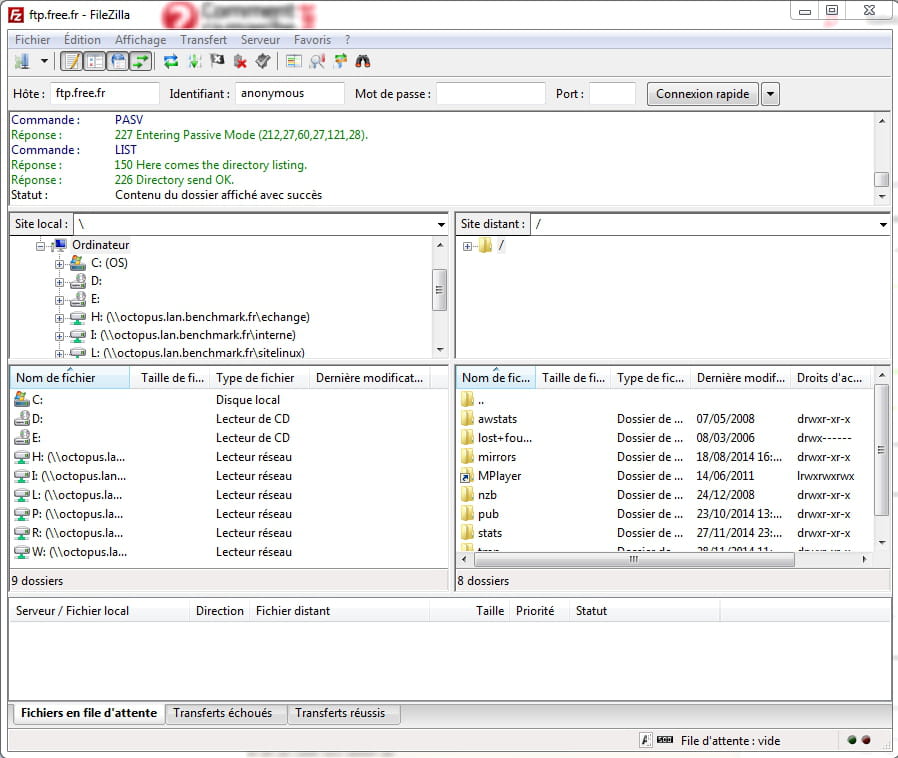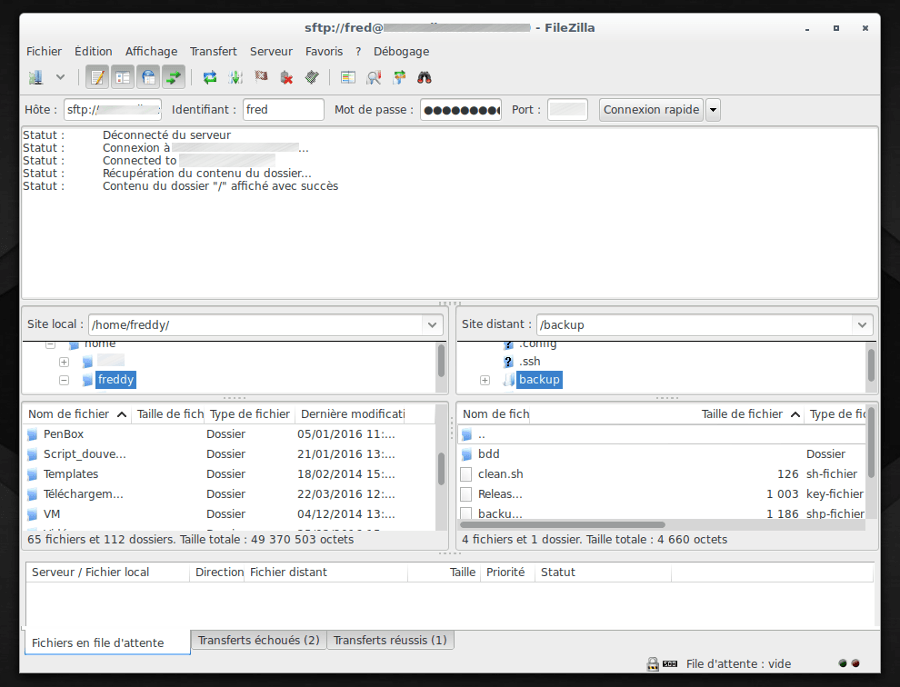

With explicit TLS you will need an FTP client.

Setting up your FTP server in this way allows you to encrypt your data and login information without having to get 3rd party programs. If using "PROT P - Private", the client may require a matching TLS setting or it may default to PROT C.Īnother option you should enable is "Require TLS session resumption on data connection when using PROTP P" as it protects against data connection theft. If there is data you still want available to the general public the "Force" setting should be disabled in the server settings menu, as you will need an FTP client rather than a web browser to access the FTP server. If you only want certain groups or users to have encryption you can set that up in the user or group editor. This will further enforce encryption policies here PROT "P" is for "Private" as opposed to "C" for clear text. On the TLS settings page check "allow Explicit FTP over TLS." It is recommended to also check "Disallow plain unencrypted FTP" and "Force PROT P to encrypt file transfers when using FTP over TLS".
#SERVEUR SFTP FILEZILLA HOW TO#
Please read the Network Configuration guide for instructions on how to configure the server behind NAT devices (Router, Firewall, etc). More FTPS documentation is available here. If your server has a direct connection to the internet the configuration is simple, check "Enable FTP over TLS support (FTPS)".
#SERVEUR SFTP FILEZILLA FULL#
Therefore always put the full path to the private key and certificate files in their corresponding fields and FZS can find the files.Īfter you have created the certificate enter its name and folder path location into the "Private key file" field or browse to it. If you generate your own private key and certificate without putting a path in front of the file name, FZS only puts the bare filename in the certificate field without an error notice, but later you will get "Could not load certificate file" errors in the FZS log when someone tries to connect via FTPS/FTPES (Implicit/Explicit).

Please note that FZS needs the paths to the certificate files: If you have a slower connection, let's say around 1.5Mbps up you may not have to worry about CPU utilization as much. When you apply encryption to your FileZilla server the CPU will have to do many calculations to encrypt the data being sent and decrypt the data being received.īandwidth will also play a factor in how much the CPU is being utilized. There is however one thing that needs to be taken into account, CPU utilization during the connection handshake. The bigger the key size the more secure the certificate and the initial session key exchange on every connection will be. The key size for the certificate is chosen at the top of the generator: 1280 bit, 2048 bit, 4096 bit.
#SERVEUR SFTP FILEZILLA GENERATOR#
The Generator will want the country code, state, city, etc.īe as truthful as possible, you only undermine your own credibility if you enter wrong information into the certificate. First, you'll want to create a certificate, this can be used in the Certificate Generator in FileZilla Server.


 0 kommentar(er)
0 kommentar(er)
